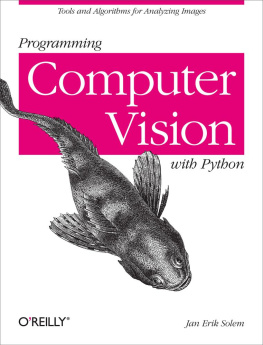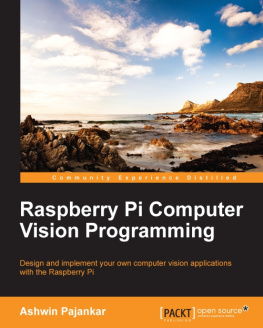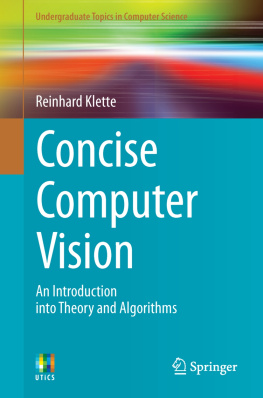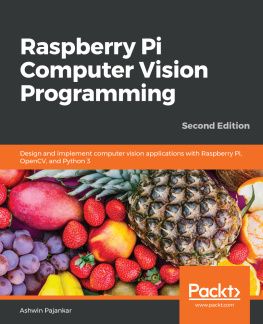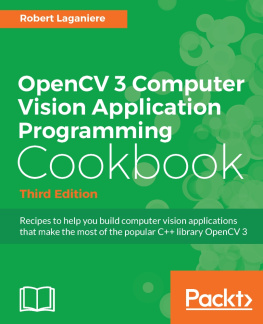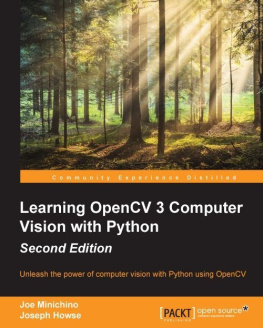Jan Erik Solem - Programming Computer Vision with Python: Tools and algorithms for analyzing images
Here you can read online Jan Erik Solem - Programming Computer Vision with Python: Tools and algorithms for analyzing images full text of the book (entire story) in english for free. Download pdf and epub, get meaning, cover and reviews about this ebook. year: 2012, publisher: OReilly Media, genre: Computer. Description of the work, (preface) as well as reviews are available. Best literature library LitArk.com created for fans of good reading and offers a wide selection of genres:
Romance novel
Science fiction
Adventure
Detective
Science
History
Home and family
Prose
Art
Politics
Computer
Non-fiction
Religion
Business
Children
Humor
Choose a favorite category and find really read worthwhile books. Enjoy immersion in the world of imagination, feel the emotions of the characters or learn something new for yourself, make an fascinating discovery.
- Book:Programming Computer Vision with Python: Tools and algorithms for analyzing images
- Author:
- Publisher:OReilly Media
- Genre:
- Year:2012
- Rating:4 / 5
- Favourites:Add to favourites
- Your mark:
Programming Computer Vision with Python: Tools and algorithms for analyzing images: summary, description and annotation
We offer to read an annotation, description, summary or preface (depends on what the author of the book "Programming Computer Vision with Python: Tools and algorithms for analyzing images" wrote himself). If you haven't found the necessary information about the book — write in the comments, we will try to find it.
If you want a basic understanding of computer visions underlying theory and algorithms, this hands-on introduction is the ideal place to start. Youll learn techniques for object recognition, 3D reconstruction, stereo imaging, augmented reality, and other computer vision applications as you follow clear examples written in Python.
Programming Computer Vision with Python explains computer vision in broad terms that wont bog you down in theory. You get complete code samples with explanations on how to reproduce and build upon each example, along with exercises to help you apply what youve learned. This book is ideal for students, researchers, and enthusiasts with basic programming and standard mathematical skills.
- Learn techniques used in robot navigation, medical image analysis, and other computer vision applications
- Work with image mappings and transforms, such as texture warping and panorama creation
- Compute 3D reconstructions from several images of the same scene
- Organize images based on similarity or content, using clustering methods
- Build efficient image retrieval techniques to search for images based on visual content
- Use algorithms to classify image content and recognize objects
- Access the popular OpenCV library through a Python interface
Jan Erik Solem: author's other books
Who wrote Programming Computer Vision with Python: Tools and algorithms for analyzing images? Find out the surname, the name of the author of the book and a list of all author's works by series.

